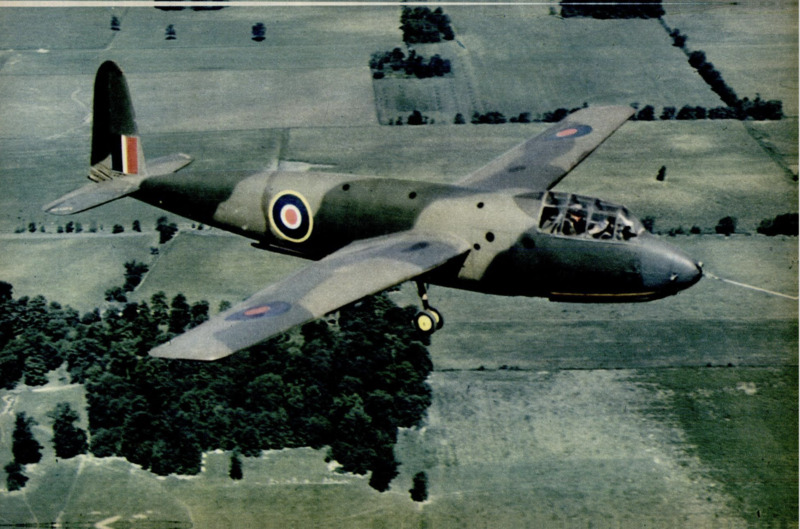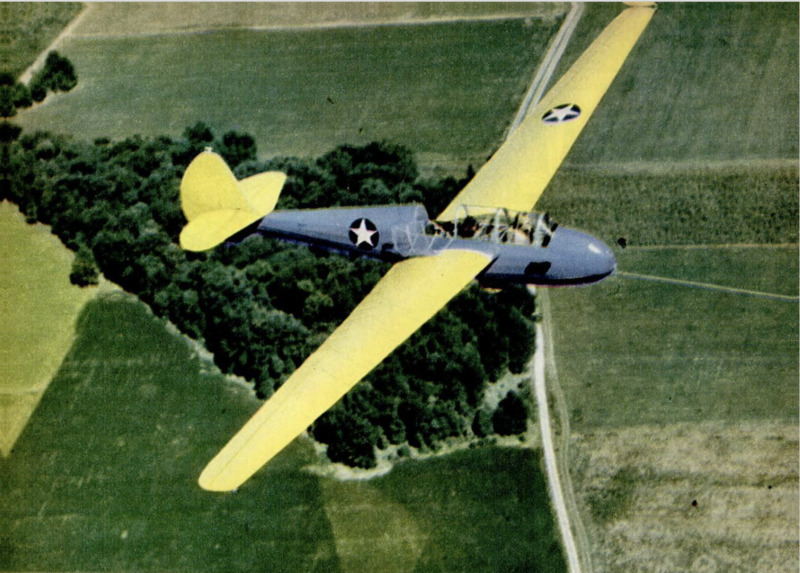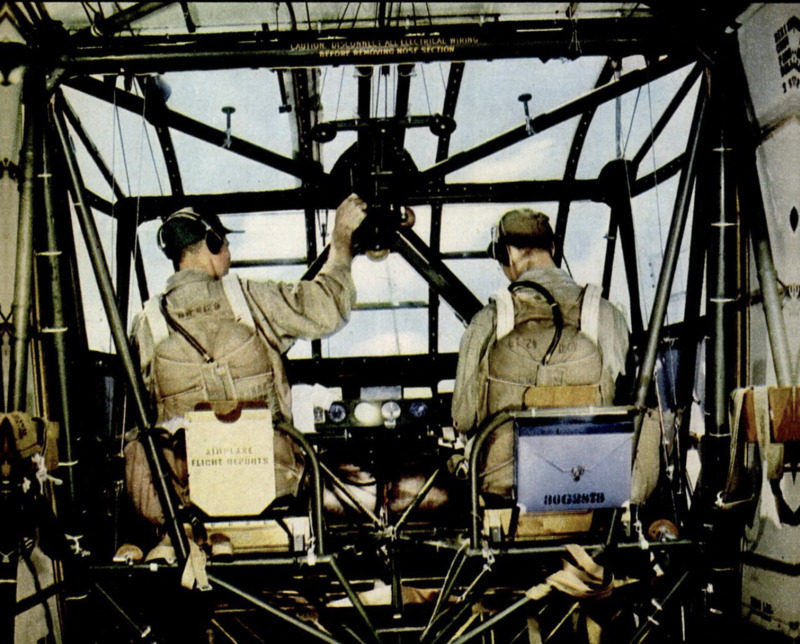-
Titolo
-
Military gliders, motorless aircrafts with soldiers and supplies transport function
-
Article Title and/or Image Caption
-
Title: Silent partner of the plane
-
Subtitle: A new weapon of the present war, motorless aircraft have won a secure place in battle tectics. Here's the story of their development and current use.
-
extracted text
-
TRIED out for the first time in this war,
are military gliders a success? What do
they look like, and how do they work?
And what are the postwar prospects of
gliders in commercial aviation?
When Germany staged the first mass
use of gliders, to invade Crete, and U.S.
and British gliders returned the compli-
ment in taking Sicily, their worth for cer-
tain specialized missions was definitely
proved.
For leading an aerial blitz, glider troops
have an advantage over paratroopers: they
all land together, saving priceless moments
in collecting weapons, getting organized,
and going into action. Quickly and inex-
pensively replaced, compared with powered
troop transports, gliders are expendable.
Even if pieces of wings and tail go flying,
it means nothing to slam a troop-carrying
- glider into a high-speed crash landing on
rough ground; a strong cage of structural
tubing protects the crew. Unlike cargo
parachutes that the winds may carry astray,
manned cargo gliders
deliver supplies to ground
troops just where they
are needed.
Military gliders differ
most conspicuously from
prewar sporting sailplanes
in being towed, like flying
trailers, all the way to
their destination. In for-
mer practice, pilots took
advantage of rising warm-
air currents called “ther-
mals” to stay aloft, and
civil aviation authorities
barred airplane tows as
too dangerous. How far
gliding has advanced since
then. was demonstrated
last summer by the first transatlantic
.glider flight, made in tow of an airplane
from Montreal to London.
Landing gear for a typical military
glider, which gives it a characteristic squat
appearance on the ground, consists of ski-
like steel runners and a pair of rudimentary
wheels. In some models, the wheels may
be dropped after taking off; they parachute
to earth for recovery and re-use.
For a normal take-off, both the tow
plane and the glider start down a runway
together, connected by a shock-absorbing
cable of nylon—so elastic that it will
stretch by a third and then slowly contract
to its original length. When more than
one glider is attached, towlines vary in
length to keep wing tips from colliding.
Fanlike formations alone are used, since
| gliders strung one behind another would
be unmaneuverable.
In flight, tow-plane and glider pilots con-
verse by two-way radio. At the destination,
the glider pilot pushes an overhead lever
that unleashes his craft. Instead of buffeting
the wind, he now rides with it, and its gentle
murmur permits
occupants to talk without
raising their voices. 3
To lose altitude rapidly,
the pilot raises a pair of
solid flaps called “spoil-
ers,” which kill the lift
of the wings. A spectac-
ular innovation, illustrated
on this month's cover, has
recently been tested for
checking a glider's for-
ward speed. It consists of
a horizontal parachute,
unfurled from the glider's
tail in midair, and released
or retained as the craft
strikes ground. With such
quick-landing aids, a
tree-skimming approach exploits the ele-
ment of surprise to the fullest.
Gliders of the U. S. Army Air Forces
now range in size from tiny, colorful
training craft, called TG’s, up to the big
green CG-4A, which doubles as a carrier
for troops and for cargo. Pending de-
velopment of still larger and more for-
midable gliders, the CG-4A—currently in
mass production—is the Army’s standard
type. As a troop carrier, it holds 15 men,
including pilot and copilot. Alternatively,
it transports a jeep and six men. Other
cargoes may consist of 37-mm. antitank
guns, 75-mm. pack howitzers, motorcycles,
food, and ammunition. Overall, a CG-4A
measures about 84 feet in wing span, and
48 feet in length. In addition to doors
at its sides, its whole nose may be opened
to discharge men and equipment.
Military experience has demonstrated
limitations as well as advantages of gliders. .
You can’t get something for nothing by
hitching a glider behind a plane. It takes
power to pull it. Trials seem to confirm
the conservative opinion ‘that, for long
hauls, a powered plane alone will transport
a load more efficiently.
Nevertheless, gliders appear destined to
‘play an important role in commercial avi-
ation, closely paralleling their special mili-
tary advantages. Feeder lines, connecting
out-of-the-way communities with through
airways, can employ multiple glider tows to
pick up and let off passengers at any point
along the way. (CONTINUED)
-
Autore secondario
-
Alden P. Armagnac (article writer)
-
Robert F. Smith (photographer)
-
Lingua
-
eng
-
Data di rilascio
-
1944-02
-
pagine
-
94-101
-
Diritti
-
Public Domain (Google digitized)
-
Archived by
-
Lorenzo Chinellato
-
Marco Bortolami (editor)
 Immagine 2022-04-10 143345.png
Immagine 2022-04-10 143345.png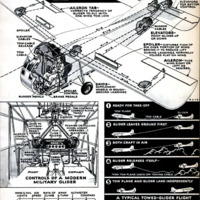 Immagine 2022-04-10 143218.png
Immagine 2022-04-10 143218.png Immagine 2022-04-10 143238.png
Immagine 2022-04-10 143238.png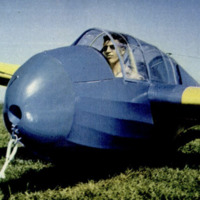 Immagine 2022-04-10 143303.png
Immagine 2022-04-10 143303.png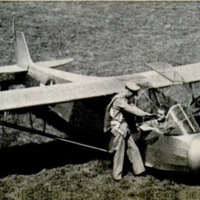 Immagine 2022-04-10 143149.png
Immagine 2022-04-10 143149.png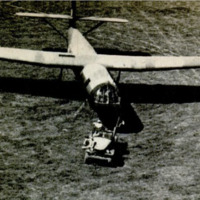 Immagine 2022-04-10 143359.png
Immagine 2022-04-10 143359.png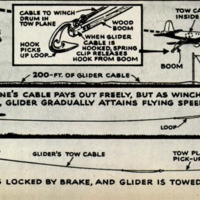 Immagine 2022-04-10 143453.png
Immagine 2022-04-10 143453.png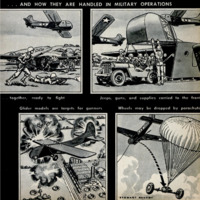 Immagine 2022-04-10 143523.png
Immagine 2022-04-10 143523.png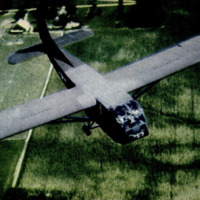 Immagine 2022-04-10 143542.png
Immagine 2022-04-10 143542.png Immagine 2022-04-10 143559.png
Immagine 2022-04-10 143559.png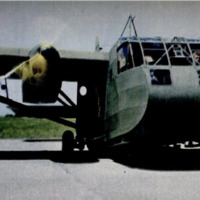 Immagine 2022-04-10 143617.png
Immagine 2022-04-10 143617.png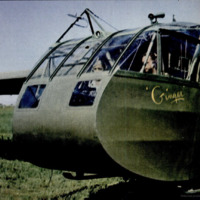 Immagine 2022-04-10 143632.png
Immagine 2022-04-10 143632.png